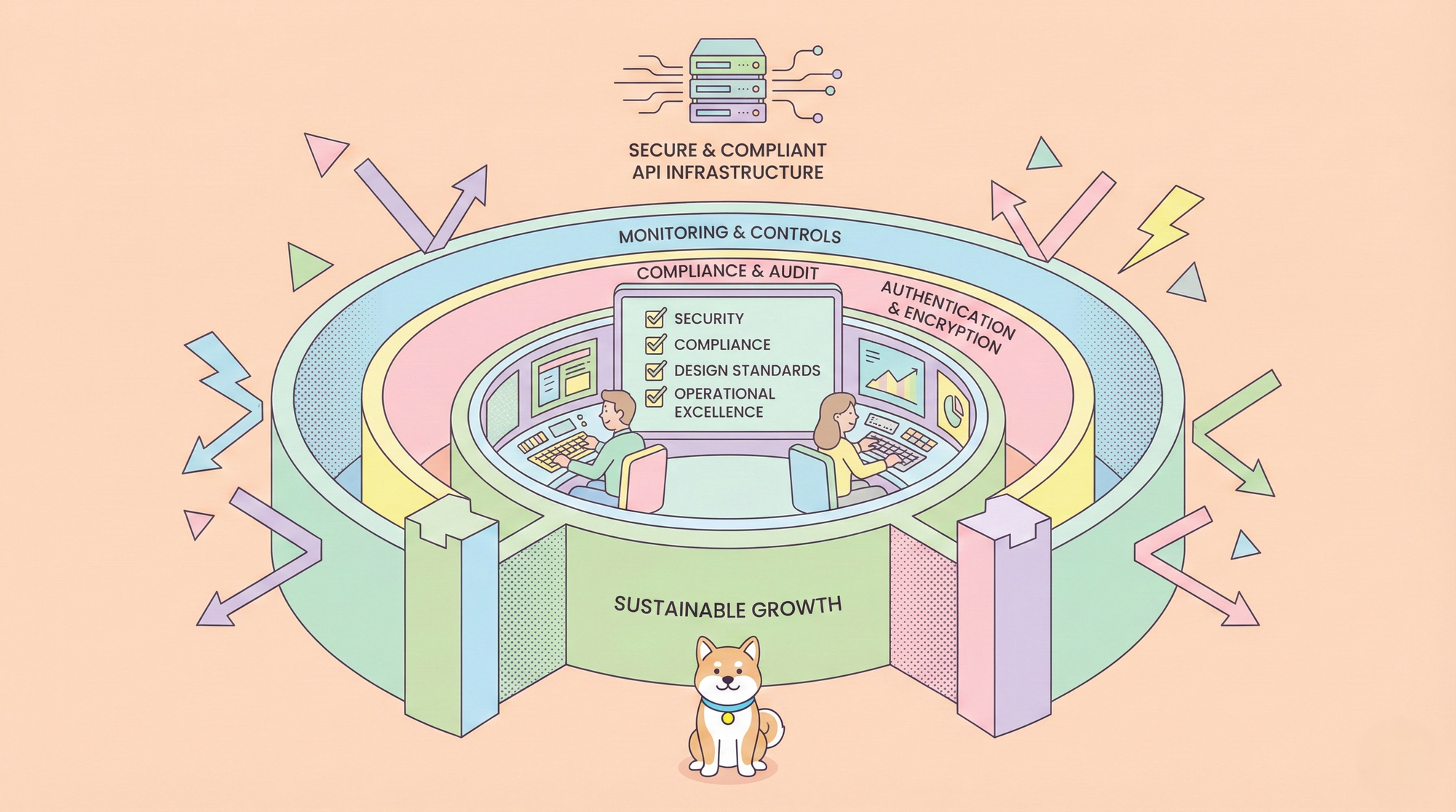Tools that enhance productivity and code quality are invaluable. One such tool that has recently gained significant attention is CodeRabbit, an AI-powered code review tool. As a developer, I decided to put CodeRabbit to the test, exploring its features, capabilities, and overall impact on the coding process. This article delves into my hands-on experience with CodeRabbit, providing a technical analysis of its performance, usability, and potential benefits for developers.
Introduction to CodeRabbit
CodeRabbit is an AI-driven tool designed to revolutionize the code review process. It integrates directly into popular Integrated Development Environments (IDEs) such as VS Code, Cursor, and Windsurf, providing real-time feedback on code quality, security issues, and potential bugs. The tool aims to reduce the time and effort required for manual code reviews, offering insights that are often missed by human reviewers. My journey with CodeRabbit began with a curiosity to understand how it could enhance my workflow and improve the quality of my code.

The development community has been buzzing about CodeRabbit. This prompted me to explore its capabilities firsthand, evaluating whether it lives up to the hype.
Setting Up CodeRabbit
The first step in my evaluation was setting up CodeRabbit within my IDE. The process was straightforward, thanks to the detailed documentation . I opted for VS Code, given its widespread use and compatibility with CodeRabbit. The installation involved adding the CodeRabbit extension from the VS Code marketplace, followed by a simple configuration process. Within minutes, CodeRabbit was ready to analyze my code, a testament to its user-friendly setup.
The setup process required minimal intervention, with the extension automatically detecting my project structure and initializing the necessary configurations. This ease of setup is crucial for developers, as it reduces the time spent on tool integration and allows for a quicker focus on coding tasks. The documentation provided clear instructions, ensuring that even those new to AI-driven tools could get started without hassle.
Initial Impressions
Upon launching CodeRabbit, I was greeted with a clean interface that seamlessly integrated into my VS Code environment. The tool’s dashboard provided an overview of my recent code changes, highlighting areas that required attention. The initial impression was positive; the tool’s ability to quickly identify potential issues was impressive. For instance, it flagged a null pointer exception in a piece of code that I had overlooked, demonstrating its capability to catch subtle errors.
The interface was intuitive, with a sidebar that displayed CodeRabbit’s suggestions and a main window that allowed me to interact with the tool. The real-time feedback was immediate, providing a sense of assurance that my code was being continuously monitored. This immediacy is a significant departure from traditional code review methods, where feedback often comes hours or days later.
Diving into Code Reviews
To thoroughly test CodeRabbit, I decided to work on a small project involving a web application. The project included backend logic written in Python and frontend components in JavaScript. As I made changes to the code, CodeRabbit provided real-time feedback, analyzing each line for potential issues. The tool’s line-by-line review feature was particularly useful, offering detailed explanations for each suggestion. For example, it recommended optimizing a database query that was prone to performance bottlenecks, a suggestion that aligned with best practices.

This project served as a practical testbed, allowing me to assess CodeRabbit’s effectiveness across different programming languages and paradigms. The tool’s ability to handle both backend and frontend code was impressive, indicating its versatility. The feedback was not just limited to syntax errors but extended to logical and architectural improvements, which is essential for maintaining a robust codebase.
Line-by-Line Analysis
CodeRabbit’s line-by-line analysis is one of its standout features. It breaks down each code change, providing context-aware feedback. During my testing, I modified a function to handle user authentication. CodeRabbit immediately flagged a security vulnerability related to input validation, suggesting a more robust approach to sanitize user inputs. This level of detail is crucial for maintaining code integrity, especially in security-critical applications.
The line-by-line analysis was particularly helpful in identifying issues that might have been overlooked in a broader review. For instance, it pointed out a potential race condition in a concurrent execution block, providing a detailed explanation of how to mitigate the issue. This granularity ensures that developers can address problems at the source, preventing them from escalating into larger issues.
Handling Complex Codebases
To further challenge CodeRabbit, I integrated it into a larger, more complex codebase involving multiple modules and dependencies. The tool handled this complexity with ease, providing comprehensive reviews that considered the interdependencies between different parts of the code. It identified a potential conflict between two modules that could have led to runtime errors, a issue that might have been missed in a manual review. This capability to understand and analyze complex codebases is a significant advantage for teams working on large-scale projects.
The complex codebase test was particularly revealing. CodeRabbit’s ability to navigate through intricate dependencies and provide meaningful feedback was impressive. It suggested refactoring a tightly coupled module, which improved the overall maintainability of the code. This level of insight is invaluable for teams looking to scale their projects without compromising on quality.
Integration with Other Tools
CodeRabbit’s integration with other development tools is another aspect that I explored. It seamlessly connects with version control systems like GitHub and GitLab, enhancing the pull request (PR) review process. During my testing, I pushed a PR to GitHub, and CodeRabbit automatically generated a detailed review, summarizing the changes and highlighting key issues. This integration streamlines the workflow, allowing developers to address issues before they escalate.
The integration with GitHub was seamless, with CodeRabbit providing comments directly on the PR. This feature is particularly useful for collaborative projects, where multiple developers need to review and approve changes. The tool’s ability to summarize changes and provide context made it easier for team members to understand the impact of each modification.
Collaboration Features
Collaboration is a critical component of any code review tool, and CodeRabbit excels in this area. It allows team members to interact with the AI’s suggestions, asking questions and seeking clarifications. For instance, I posed a query about a suggested refactoring, and CodeRabbit provided a clear explanation, complete with code examples. This interactive feature fosters a collaborative environment, making it easier for teams to align on code quality standards.
The collaboration features were particularly beneficial during team reviews. Team members could engage with CodeRabbit’s suggestions, asking for additional details or challenging the AI’s recommendations. This interaction not only improved the code but also enhanced the team’s understanding of best practices. The tool’s ability to learn from these interactions further refines its suggestions, making it more effective over time.
Learning Curve and Usability
For developers new to AI-driven tools, the learning curve with CodeRabbit is relatively gentle. The interface is intuitive, and the tool provides clear guidance on how to interpret and act on its suggestions. During my initial use, I found the tool’s explanations to be concise and easy to understand, which helped me quickly adapt to its workflow. Experienced developers will also appreciate the depth of analysis, which goes beyond surface-level linting to offer strategic insights.
The usability of CodeRabbit was a pleasant surprise. The tool’s interface was clean and uncluttered, making it easy to navigate. The explanations provided for each suggestion were clear and actionable, ensuring that even less experienced developers could benefit from its insights. The tool’s ability to provide strategic insights was particularly valuable for seasoned developers, offering a fresh perspective on code quality.
Customizability and Flexibility
CodeRabbit offers a degree of customizability that allows developers to tailor the tool to their specific needs. I configured it to focus on security vulnerabilities and performance optimizations, aligning with my project’s priorities. This flexibility is crucial for teams with unique coding standards or specific requirements. The tool’s ability to learn from interactions further enhances its adaptability, making it a valuable asset for long-term use.
The customizability of CodeRabbit was a key factor in its effectiveness. By focusing on specific areas of concern, I was able to prioritize the most critical aspects of my code. The tool’s learning capability ensured that it adapted to my preferences over time, providing more relevant suggestions. This adaptability is crucial for teams working on diverse projects with varying requirements.
Comparing CodeRabbit to Traditional Methods
To contextualize my experience, I compared CodeRabbit to traditional code review methods. Manually reviewing code, especially in large projects, can be labor-intensive and prone to human error. CodeRabbit automates much of this process, reducing the cognitive load on developers and allowing them to focus on more complex tasks. The tool’s AI-driven approach also brings a fresh perspective, often identifying issues that human reviewers might miss due to familiarity with the codebase.
The comparison highlighted the advantages of CodeRabbit. Traditional methods often rely on the availability and expertise of reviewers, which can be a bottleneck. CodeRabbit’s automated approach ensures consistent feedback, regardless of the reviewer’s availability. The tool’s ability to identify issues from a different perspective was particularly valuable, uncovering problems that might have been overlooked in a manual review.
Real-World Application
To assess CodeRabbit’s real-world application, I integrated it into a team project involving multiple developers. The tool’s impact was immediate; it reduced the time spent on code reviews by half, allowing the team to iterate faster. Team members appreciated the tool’s ability to provide consistent feedback, ensuring that code quality remained high across the board. The collaborative features facilitated discussions around code changes, fostering a culture of continuous improvement.
The real-world application of CodeRabbit was transformative. The reduction in review time allowed the team to maintain a rapid development pace, crucial for meeting project deadlines. The consistent feedback ensured that all code met the same high standards, reducing the risk of regressions. The collaborative features enhanced team communication, making it easier to address issues and align on best practices.
Limitations and Considerations
Despite its strengths, CodeRabbit is not without limitations. The tool’s reliance on AI means that it may not always understand the nuances of certain coding practices or business logic. There were instances where it suggested changes that did not align with the project’s specific requirements, necessitating manual intervention. Additionally, while the tool is highly effective for catching technical issues, it does not replace the need for domain expertise and strategic decision-making.
The limitations of CodeRabbit are important to consider. While it excels at technical analysis, it may not fully grasp the broader context of a project. Developers must remain vigilant, ensuring that the tool’s suggestions align with the project’s goals. The need for human oversight is still crucial, especially for decisions that require domain expertise or strategic insight.
Conclusion
My experience with CodeRabbit has been overwhelmingly positive. The tool’s ability to provide real-time, accurate feedback has transformed the code review process, making it more efficient and effective. Its integration with popular IDEs and version control systems ensures a seamless workflow, while the collaborative features foster team alignment. While there are limitations, the benefits far outweigh the drawbacks, making CodeRabbit a valuable addition to any developer’s toolkit. As I continue to use CodeRabbit, I am confident that it will play a crucial role in enhancing code quality and accelerating development cycles.
Additionally, don’t forget to download Apidog for free, a tool that complements CodeRabbit by offering robust API development and testing capabilities, ensuring your code integrates seamlessly with your APIs.




